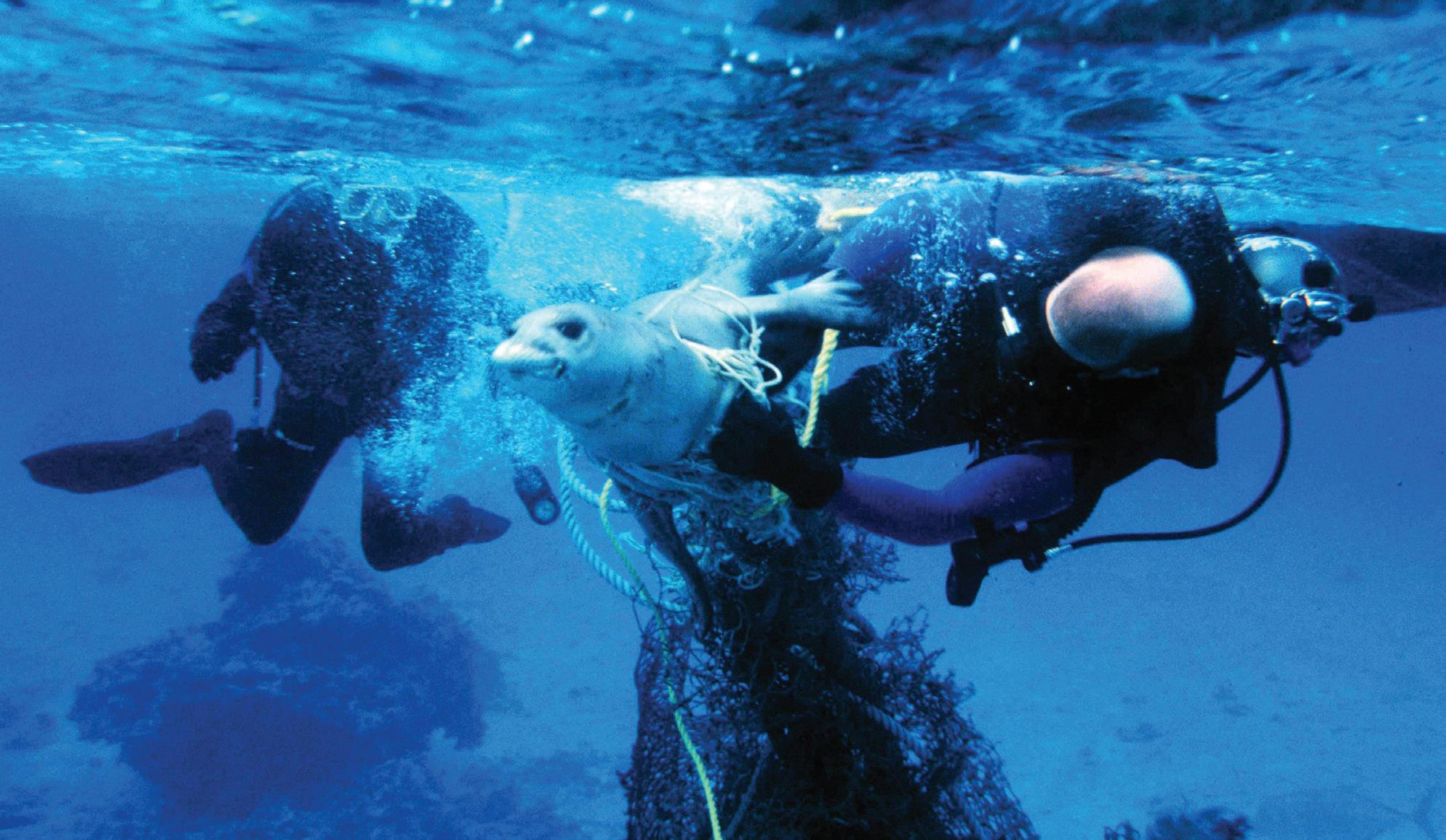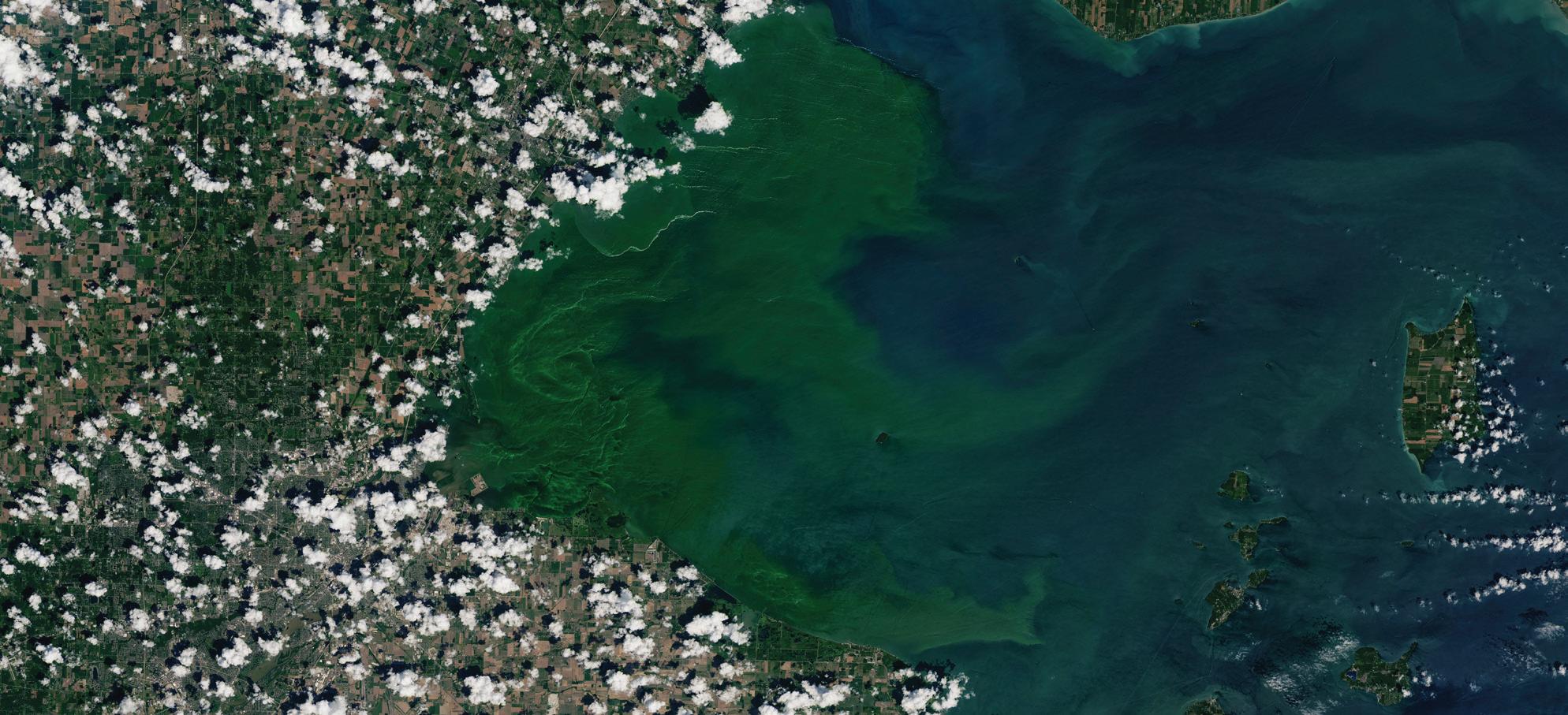NOAA TODAY
Developing transformative improvements in NOAA mission performance and cost-effectiveness By Craig Collins
I
n February 2020, NOAA announced the agency’s Artificial Intelligence (AI) strategy, the culmination of years of effort, to dramatically expand the application of AI in every NOAA mission area by improving the efficiency, effectiveness, and coordination of AI development and usage. By strengthening coordination, operational capabilities, workforce proficiency, and multisector partnerships, NOAA’s national and global leadership in AI supports science, public safety, and security. AI – essentially, the replication or simulation of human intelligence in machines – is one priority in the agency’s strategy to dramatically expand the agency’s application of emerging science and technology focus areas. The other’s are: NOAA Unmanned Systems, Cloud Computing, Big Data, Citizen Science and ‘Omics. “These strategies will accelerate the implementation of the most effective science and technology applications to advance NOAA’s mission to protect life and property and grow the
1874–1878
American Blue Economy,” said retired Navy Rear Adm. Tim Gallaudet, Ph.D., assistant secretary of commerce for oceans and atmosphere and deputy NOAA administrator. “They will also guide transformative advancements in the quality and timeliness of NOAA
A mother humpback and calf.
U.S. Coast and Geodetic Survey Steamer Blake implements major innovations including the Sigsbee sounding machine and the use of steel cable for oceanographic operations; pioneers deep ocean anchoring during Gulf Stream studies.
32
NOAA PHOTO
Artificial Intelligence
science, products, and services to advance the agency’s science and technology strategies.” In 2003, when Dr. Jamese Sims joined the National Weather Service as a student intern, she was given an assignment: improve the performance of the Gulf Stream Finder, a model used to predict the location of the warm-water current that flows northward off the Atlantic Coast. “Understanding the Gulf Stream is important to our mission,” Sims said, “because we have partnerships with the Navy, and they need to know the precise locations of ocean currents. But better mapping of the current could also support some of our other line offices, as well as the work of our Ocean Prediction Center and the National Ocean Survey.”









































